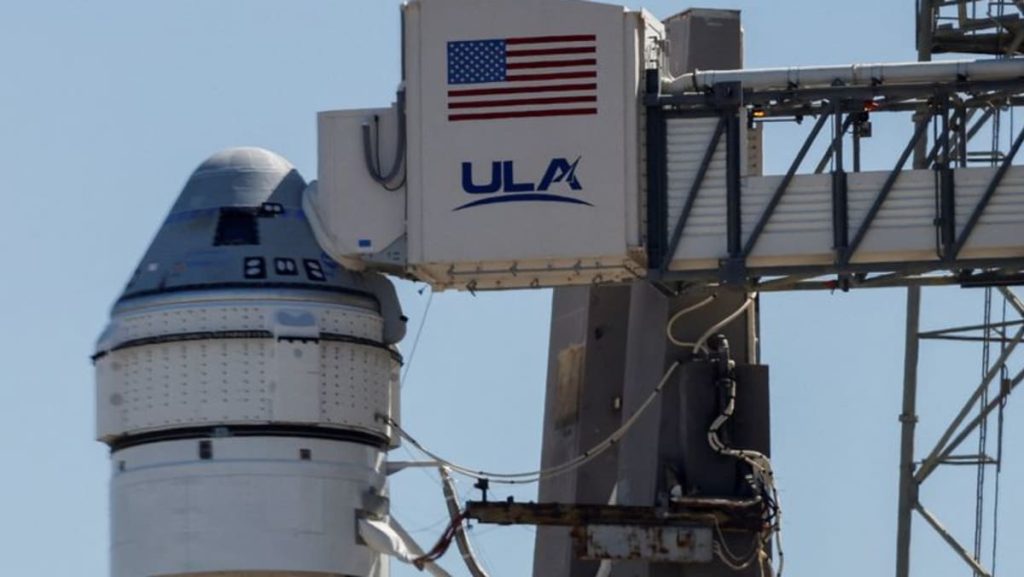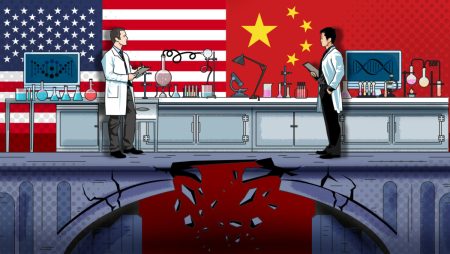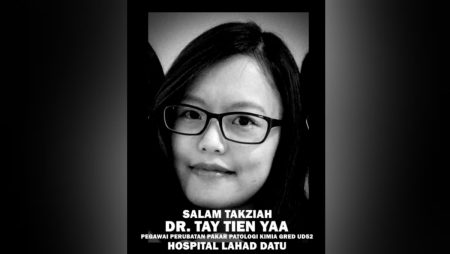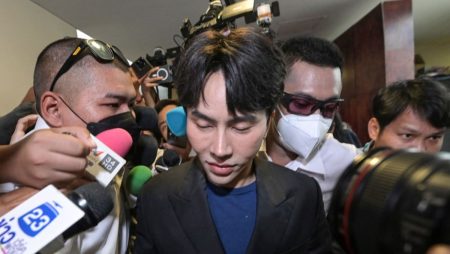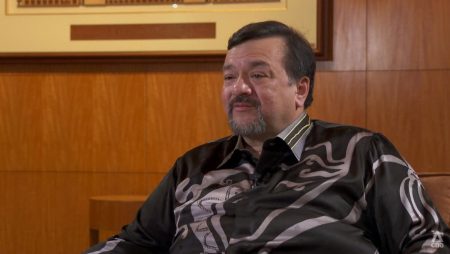In 2019, Boeing’s first attempt to send an uncrewed Starliner to the space station failed due to software and engineering glitches. However, in 2022, a second try was successful, achieving an important milestone for Boeing’s efforts to send a crewed test mission to space. The success of the second attempt came after a series of delays, including a faulty pressure valve on the Atlas upper stage and other engineering problems on the Starliner itself, which have since been resolved.
During a May 6 countdown, just two hours before launch time, the mission was halted due to the faulty pressure valve. This delay was followed by weeks of additional delays caused by other engineering problems on the Starliner. NASA astronauts Barry “Butch” Wilmore and Sunita “Suni” Williams, aged 61 and 58 respectively, were strapped into their seats aboard the spacecraft for a couple of hours before the launch activities were suspended on Saturday. Technicians assisted the astronauts out of the capsule safely about an hour after the flight was scrubbed.
It is common in the space industry for countdowns to be halted at the last minute and for launches to be postponed for days or weeks. This is especially true when minor malfunctions or unusual sensor readings are detected, particularly in new spacecraft that are carrying humans for the first time. Despite these setbacks, the successful second attempt by Boeing to send the uncrewed Starliner to the space station marks an important achievement in the company’s mission to send a crewed test mission into space.
The successful second attempt by Boeing has paved the way for efforts to launch the company’s first crewed test mission. The resolution of the engineering problems that caused delays in the previous attempts has increased confidence in the spacecraft’s capabilities. The two-member crew, NASA astronauts Barry “Butch” Wilmore and Sunita “Suni” Williams, are now closer to their goal of testing the spacecraft in space. The successful uncrewed mission is a crucial step towards achieving crewed missions to the space station.
The delays and setbacks experienced during the uncrewed missions are part of the normal process of testing and refining spacecraft before crewed missions. By addressing and resolving the technical issues encountered during the uncrewed missions, Boeing and NASA can ensure the safety and success of future crewed missions. The second attempt successfully launching the uncrewed Starliner to the space station demonstrates the dedication and perseverance of the teams involved in the mission.
Overall, the successful second attempt by Boeing to send an uncrewed Starliner to the space station, following a series of delays and technical issues, is a significant milestone in the company’s mission to conduct crewed test missions. The resolution of engineering problems and the successful launch of the spacecraft have increased confidence in the capabilities of the Starliner. With the success of the uncrewed mission, Boeing and NASA are one step closer to achieving crewed missions to the space station and furthering their exploration of space.









